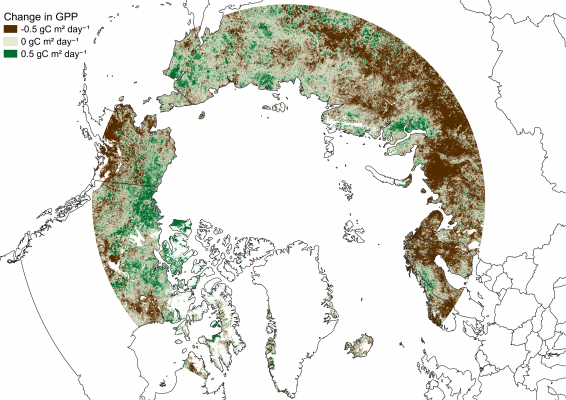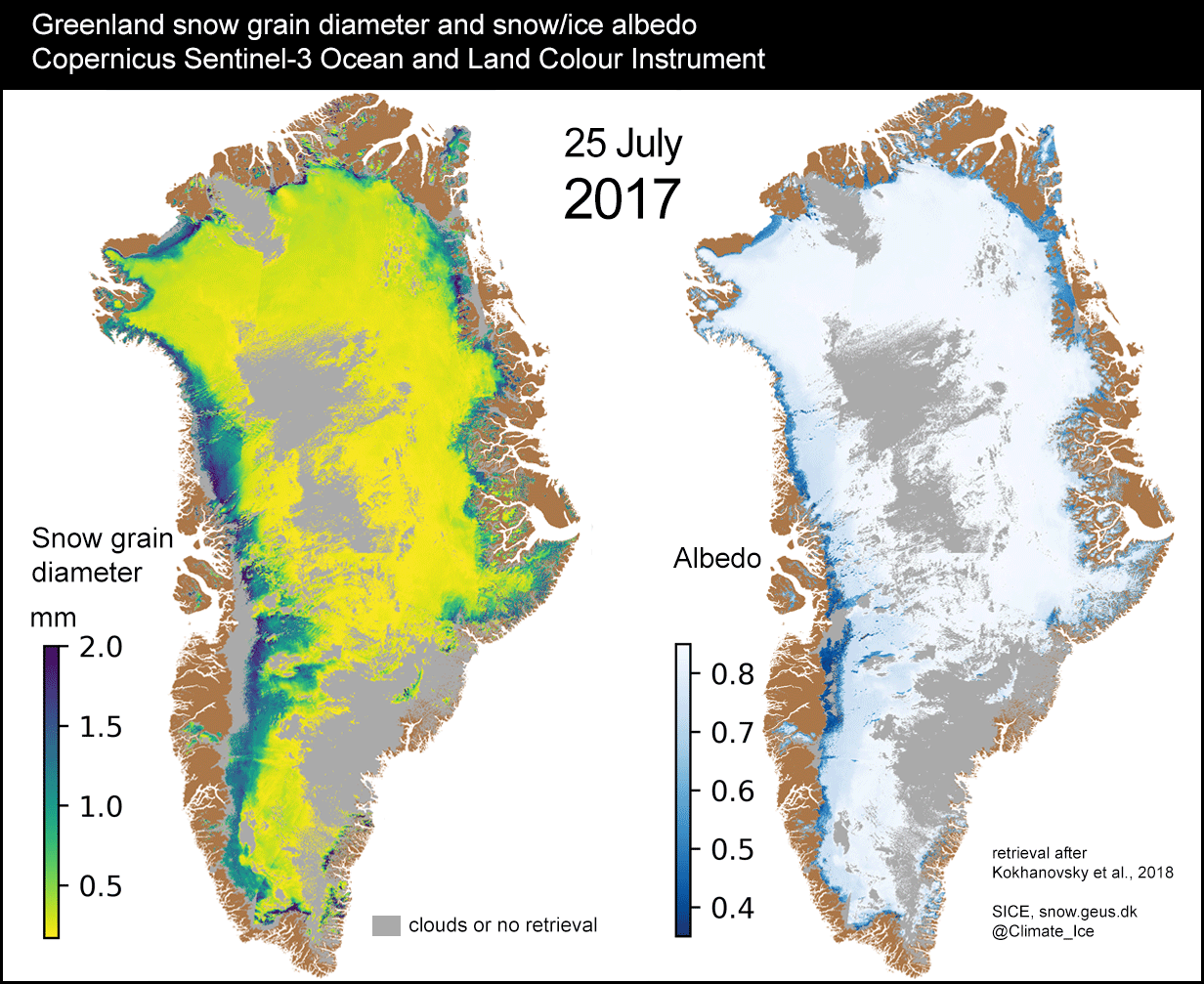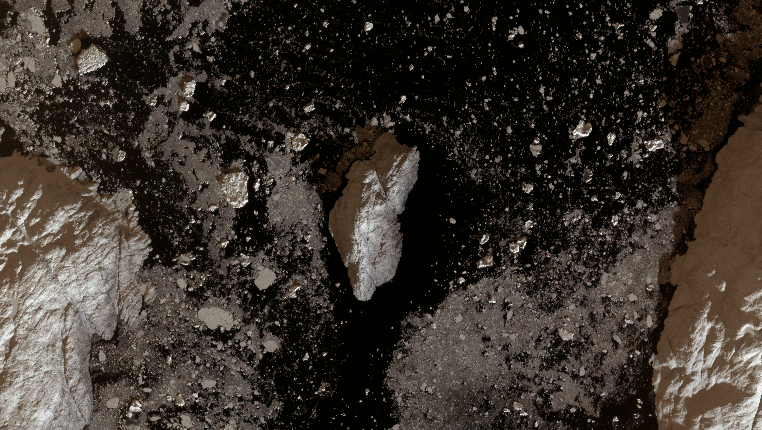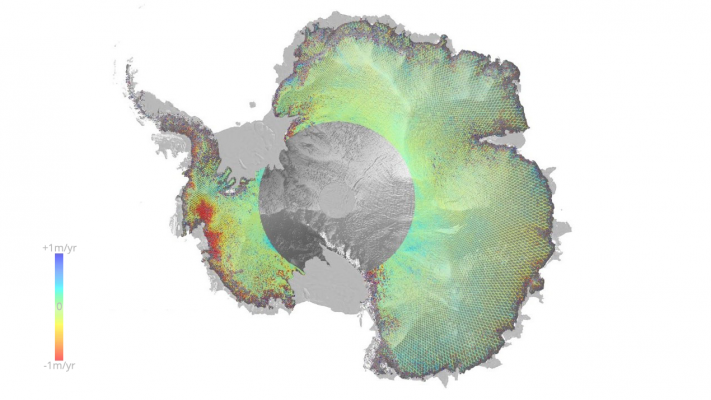Using a datacube to assess changes in the Earth System
ESA’s Earth System Data Lab is a new virtual lab to access a wide array of Earth observations across space, time and variables. It consists of two elements: the data cube and an interface to execute different analyses on the data cube. Young researchers selected in the Early Adopters Call launched in 2018 used the …




